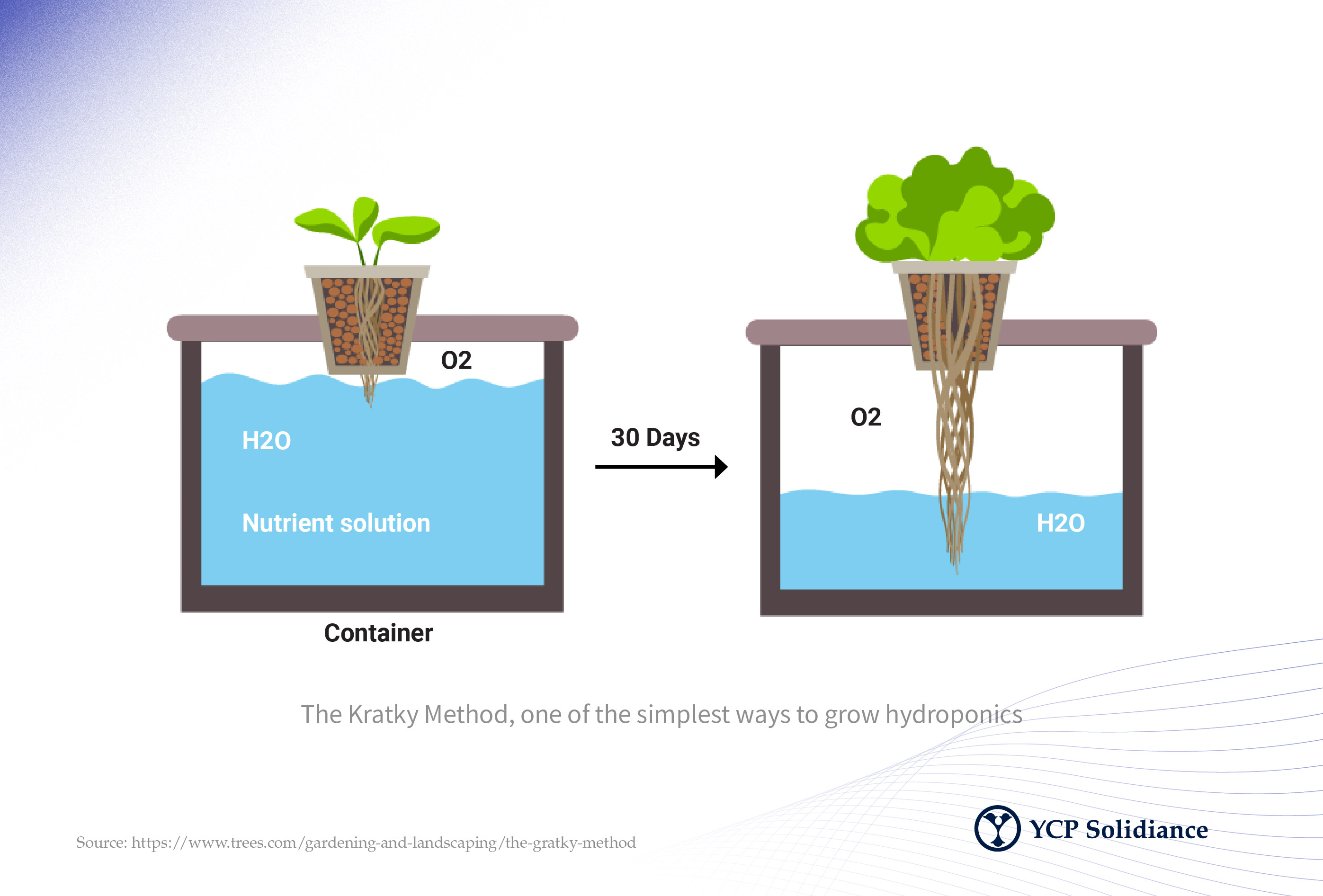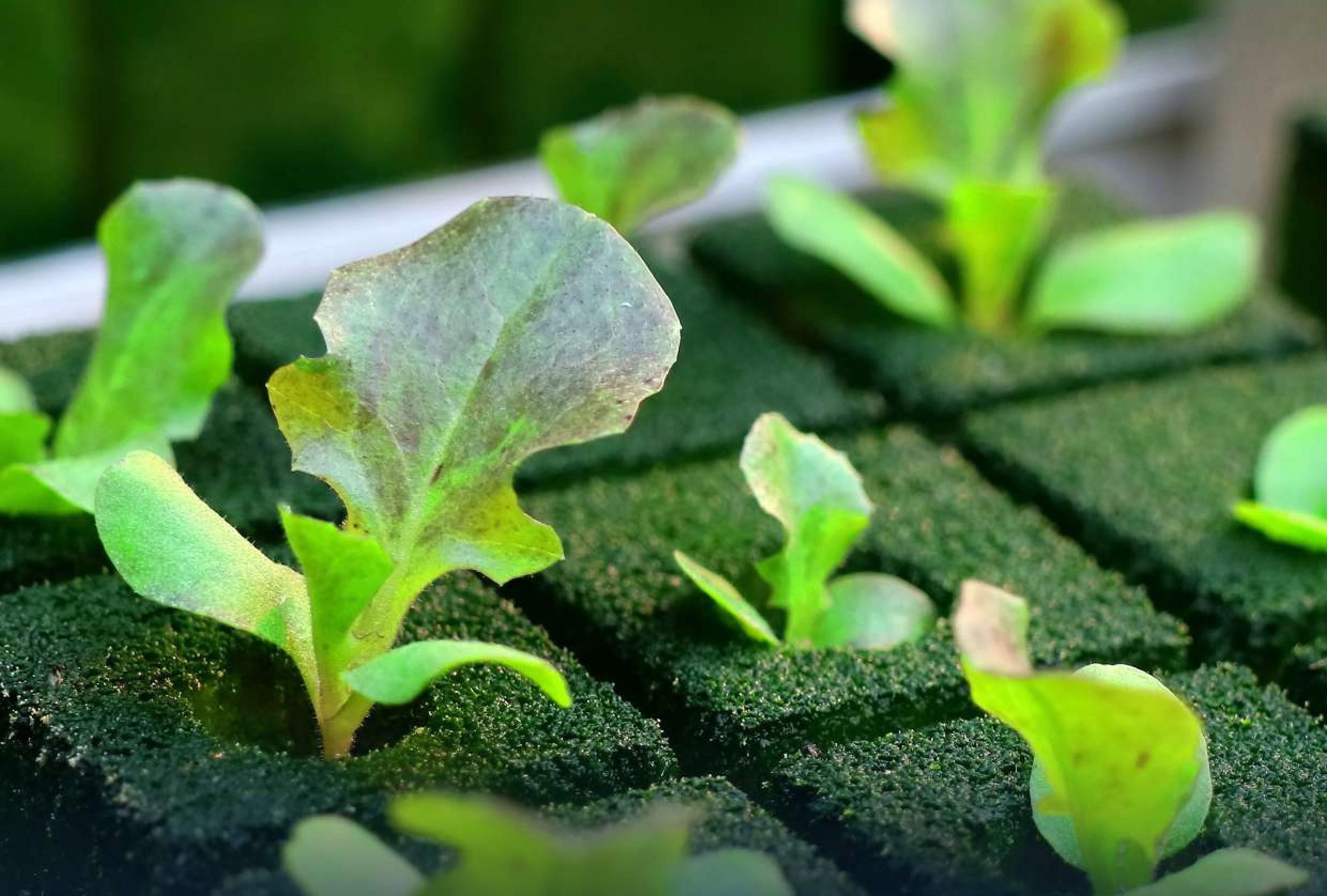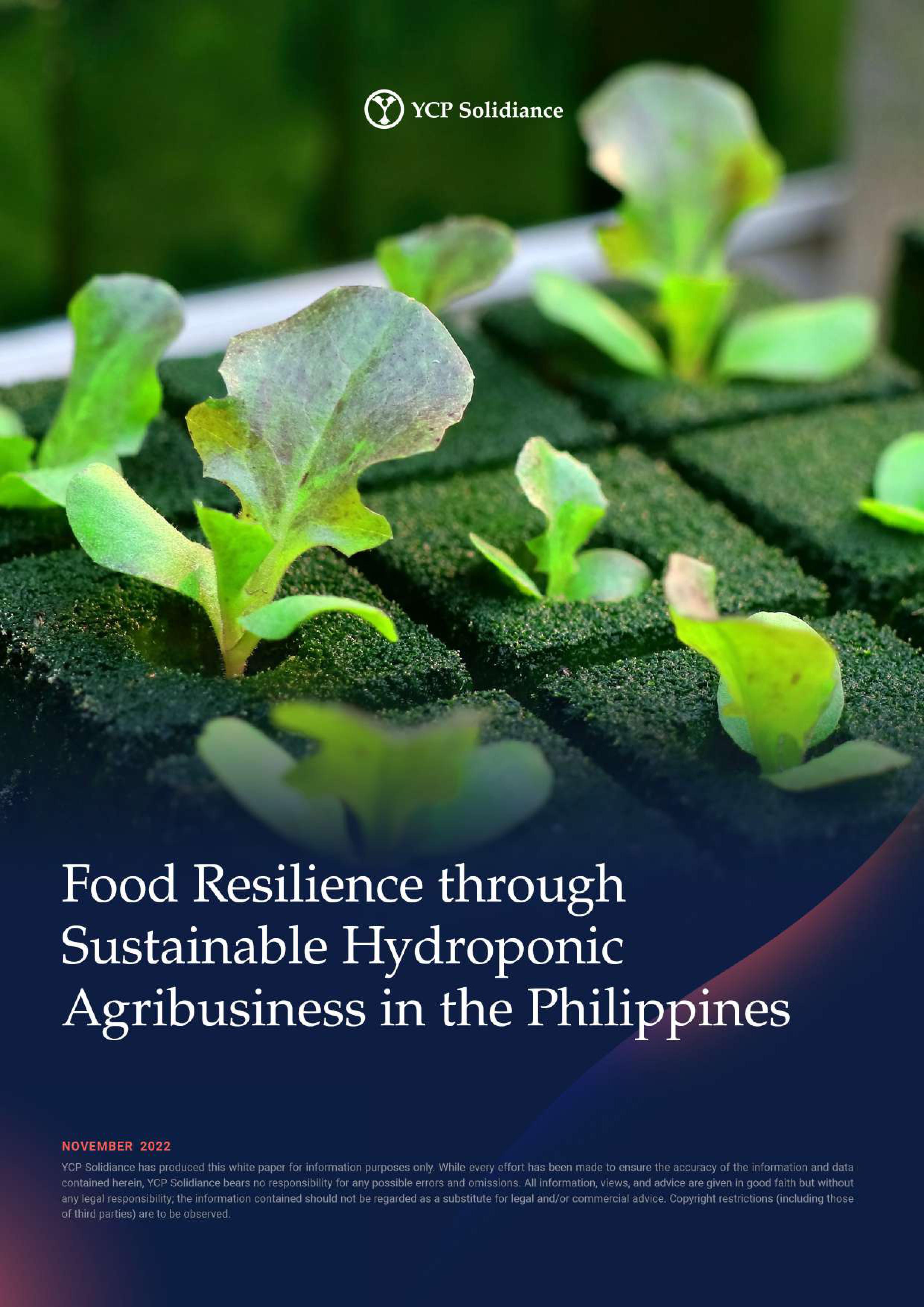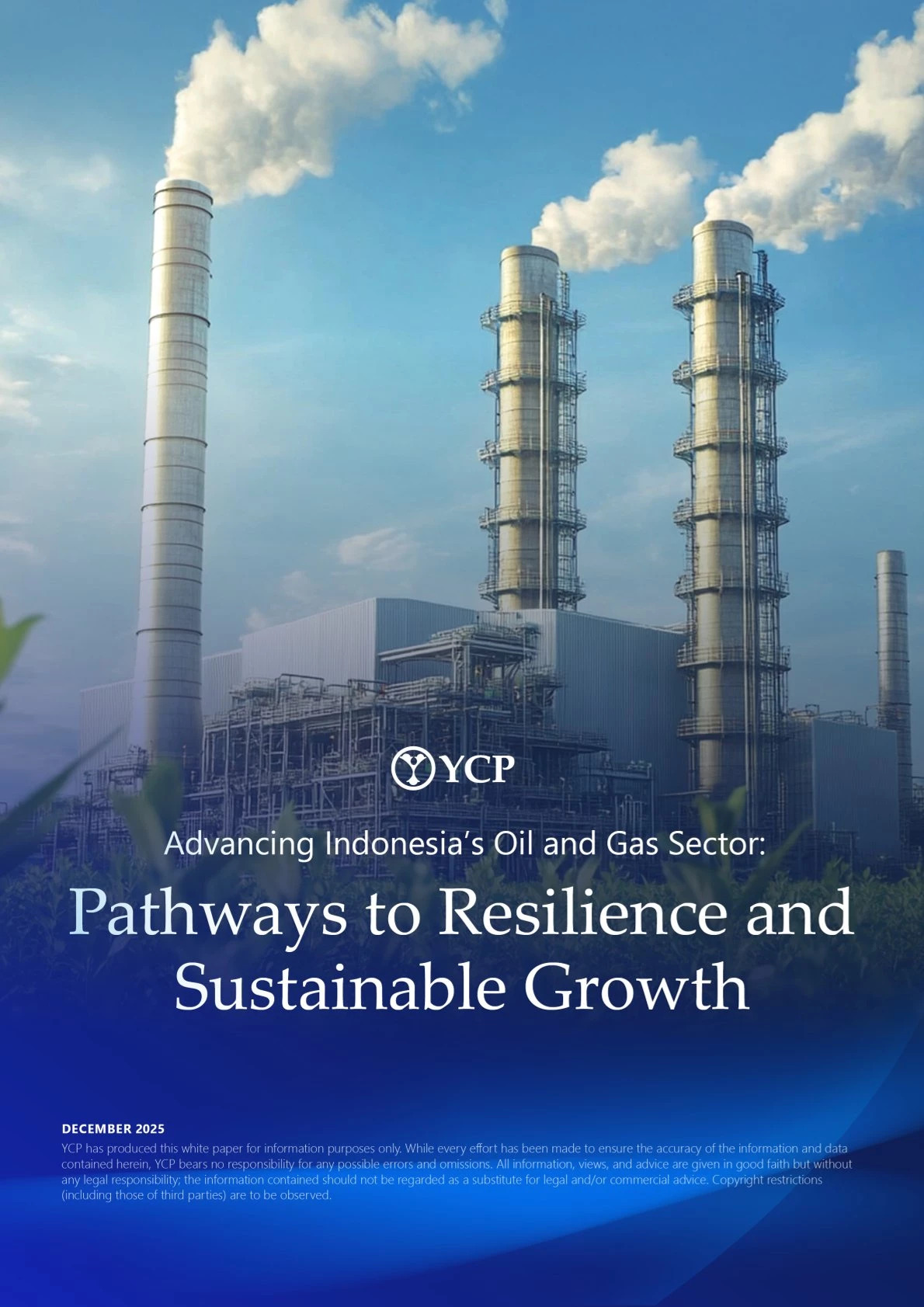The global hydroponics crop market is valued at around 37.7 billion USD as of 2022, and is projected to grow at an overall CAGR of 7%. It is expected to reach 53.4 billion USD by 2027. While North America and Europe are currently the largest global markets, the Asia-Pacific region is expected (along with North America) to grow the fastest at a CAGR of 17% as more people learn about the benefits of modern farming, particularly for countries with congested urban areas and economic dependence on agriculture like the Philippines.
The importance of agriculture in the Philippine economy was further highlighted over the course of the COVID-19 pandemic, which saw urban areas such as the country’s National Capital Region experiencing higher rates of hunger in 2020 and 2021 due to logistics issues that hindered the importation of crops and produce from other regions. Hydroponics farming and its subsequent agribusiness ventures is seen by agricultural experts as a possible solution to agriculture issues in the Philippines.
Addressing the Philippines’ Agribusiness Challenge
Over the years, long-term initiatives have been introduced by agriculture experts to make hydroponics more accessible to the Filipino public. One such effort is SNAP (Simple Nutrient Addition Program), which was created by Dr. Primitivo Santos and Dr. Eureka Ocampo in 2005 and is one of the most widely used hydroponics methods in the country due to its simplicity. SNAP uses the low-cost Kratky method, a technique that involves suspending seedlings over a reservoir of water with mineral-rich SNAP nutrients solution. 
However, there is a need to further educate the general public and potential stakeholders on the challenges of the country’s hydroponics system as more hobbyists transition from backyard farming towards large-scale agribusiness. Capital is a primary issue, as most commercial farms need quality upgrades such as electric pumps and UV lights for commercial farming.
While both government financial institutions and private sector entities are now providing more options for financial loans, a total buy-in from the national government to educate, accelerate, and promote the adoption of hydroponics methods is crucial to its long-term success and accessibility. With the current administration promising to dedicate more of its budget and resources towards agriculture as opposed to infrastructure development, learning more about sustainable hydroponics agribusiness will only help to improve food security, and even the overall economy, of the Philippines.
To learn more about how hydroponics can help address food security in the Philippines, including an overview of successful case studies from other countries and specific recommendations for potential agribusiness stakeholders, download our white paper.



